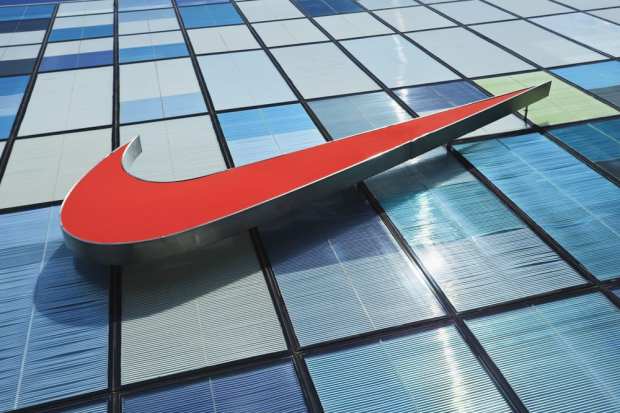Nike Commits To Sustainability For High-Tech Tokyo Olympics

Heads up before you throw those sneakers out: They might be running a marathon in Tokyo this summer. That’s the upshot of Nike’s recently introduced product line, which features recycled and sustainable materials. The retail angle (outside of Nike’s own stores) is that the company is betting consumers will be attracted to environmentally friendly products, regardless of whether they have a “swoosh” or not.
“The consumer increasingly cares about sustainability,” said Nike CEO John Donahoe on Wednesday (Feb. 6), marking his first television interview since taking the helm at the retailer last month. “It matters to Nike and to consumers. … [Consumers] are looking to companies like Nike to lead.”
Whether or not consumers are attracted to the sustainable angle, the new products put some new spins on sustainable tech. Donahoe’s interview came as Nike announced its plans for outfitting athletes at the Tokyo 2020 Olympics in gear made out of recycled polyester and ground-up shoe parts. It also unveiled new products for consumers along the lines of the official Tokyo kits.
To match the scale of the Nike effort, marketing and tech updates are important. For Tokyo 2020 (which will be in July and August), Nike is introducing a new design movement – termed Space Hippy – which is based on a zero-carbon approach. The brand has dubbed the recycled-luxe aesthetic “rawthentic modernity.”
“Space Hippy is the pinnacle expression of the palette of our sustainable materials – but they’re scalable across the whole company,” explained Noah Murphy-Reinhertz, Nike’s sustainability design lead. “It’s a wild manifestation, but one that creates tools that everyone can use.”
The techy side of the new Nike products includes the “Space Hippie” sneaker collection. Nike says the new line boasts Nike’s lowest carbon footprint score yet. The range of four sock-like models – the Space Hippie 1, Space Hippie 2 and so on – is constructed of rPoly, an eco-friendly material made from factory fabric scraps (specifically, T-shirt and yarn castoffs) as well as recycled plastic bottles.
The 2020 Olympics will be steeped in the sustainability theme. In an effort to promote a zero-carbon Games, electricity used at all venues will be derived from 100 percent renewable energy. The Athletes’ Village, International Broadcasting Centre (IBC) and Main Press Centre (MPC) will use power from a renewable electric grid. The organizers are also aiming for 100 percent of passenger cars used during the Games to be low-pollution and fuel-efficient, to help ensure that the average CO2 emissions is at a low level.
In the retail arena, sporting goods online and offline have been decimated over the past two years by the D2C efforts of the Nikes of the world, as well as deep discounts from Target, Walmart and Amazon. However, Dick’s Sporting Goods (last man standing) has encouraged organic cotton and recycled products.
Nike’s competitors haven’t yet introduced entire new lines, but they have focused on sustainability in marketing and product development. Adidas, for example, has funded a sustainable turf field at South Florida’s Miami Edison High School composed of approximately 1.8 million plastic bottles, or 40,000 pounds of plastic waste. The scoreboard shows statistics about the field’s materials and offers tips on how spectators can make their own positive impact.
Under Armour has focused on packaging. It has reduced the use of plastic packaging and labeling, cut down on corrugated boxes worldwide and worked to ensure that cartons are made with recycled content and use minimal fiber. (All cartons bought in North America, for example, are made from 100 percent recycled materials.) It has also collaborated with factories to optimize product case and carton use, tailoring their size to the contents.
Is Donahoe right about consumers’ priorities? Recent data says he is. According to NYU Stern’s Center for Sustainable Business, “50 percent of CPG growth from 2013 to 2018 came from sustainability-marketed products.”
Products that had a sustainability claim on-pack accounted for 16.6 percent of the market in 2018, up from 14.3 percent in 2013, and delivered nearly $114 billion in sales, up 29 percent from 2013. Most importantly, products marketed as sustainable grew 5.6 times faster than those that were not. In more than 90 percent of the CPG categories, sustainability-marketed products grew faster than their conventional counterparts.
A separate study from Roth’s Millennial Survey showed that 53 percent of millennials are willing to pay a premium of 10 percent or more for socially responsible brands. Of those, 12.4 percent would be willing to spend more than 20 percent, and 40.2 percent would be willing to spend between 10 percent and 20 percent more. A total of 20.6 percent would only be willing to spend less than 10 percent.